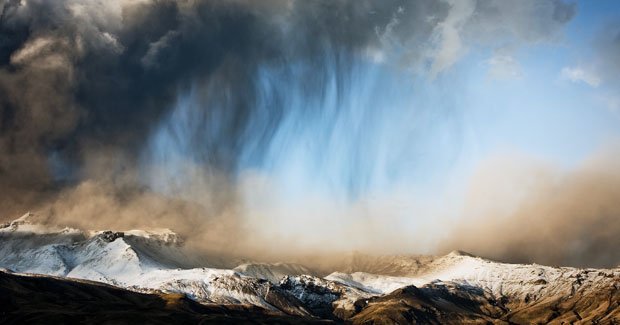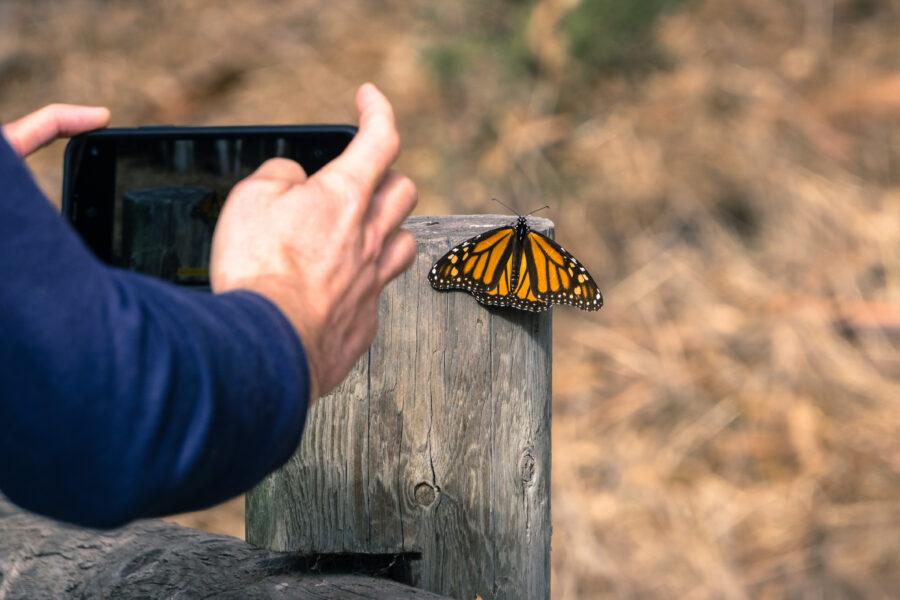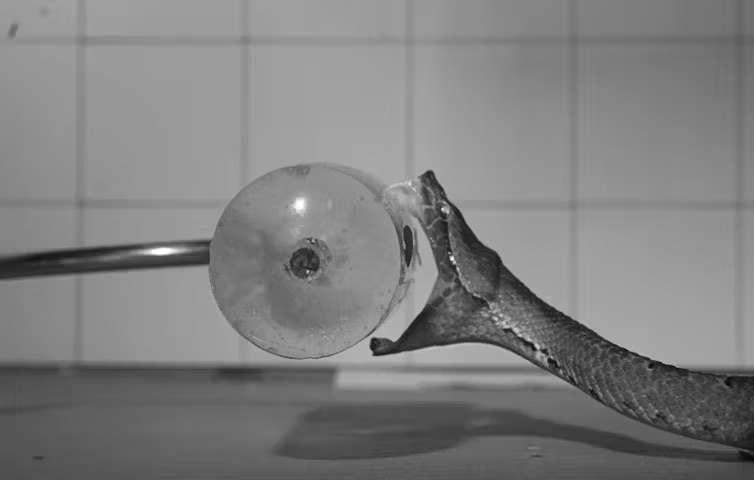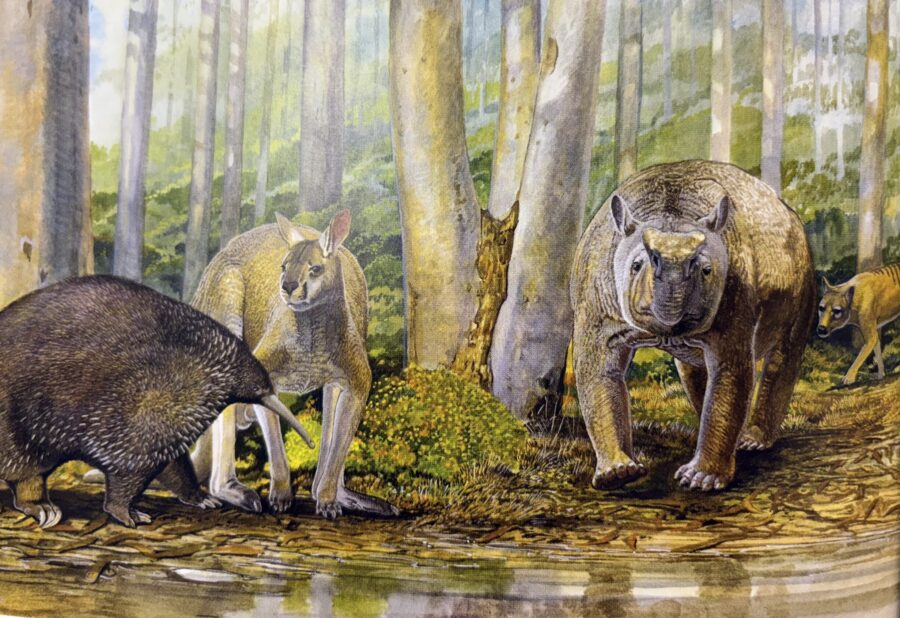Iceland risks further catastrophic eruption

I HAVE RECENTLY RETURNED from a four-year study in southern Iceland looking at hazard and risk mitigation and emergency response arrangements. Through this research I have gained extensive knowledge of the eruptive history of Eyjafjallajökull and the neighbouring volcano Katla.
Although there is significant concern about the current volcanic eruption, there is an even greater concern that a second volcano, Katla might also erupt. Katla eruptions have been known to coincide with Eyjafjallajökull eruptions in the past.
In comparison to the two historic eruptions of Eyjafjallajökull (which occurred in 1612 and 1821-1823), Katla has erupted at least 20 times with catastrophic impacts. The historic record of Katla indicates eruptions twice a century, with the last confirmed eruption in 1918.
Iceland’s most hazardous volcano
Like Eyjafjallajökull, Katla is a subglacial volcano. Due to the 400 m of ice covering the caldera, Katla is capable of producing catastrophic jökulhlaup (glacial outburst flooding). The jökulhlaup that occurred on 14 April, from the Eyjafjallajökull eruption, was tiny compared to that which can be generated from a Katla eruption. A worst-case scenario from Katla would be a flood with a discharge rate in excess of 300,000 cubic metres per second. In comparison, early reports estimated that the jökulhlaup generated on 14 April from the Eyjafjallajökull eruption was only 3,000 cubic metres per second. Despite its size, this flood still caused major damage.
Katla is renowned as Iceland’s most hazardous volcano due to catastrophic jökulhlaup, tephra (material produced by eruption) and lightning hazards. Heavy tephra fall has been recorded approximately 20 cm thick up to 30 km from the eruption site. Also, lightning is known to impact the region within 30-40 km of the eruption site and livestock have been killed as a consequence.
My research revealed that local residents are most fearful of tephra and lightning, as they cause significant impacts on important farming communities in southern Iceland. Stories passed down from older generations who had survived the 1918 Katla eruption described the devastating conditions to family and friends. Residents reported that during the height of the eruption they could not see their hand if they held it 30 cm in front of them.
Iceland volcano emergency plan
In response to increased seismic activity in Katla since 1999, evacuation and emergency response plans were devised by the Icelandic Civil Protection Office, scientists, local police and rescue teams. These plans, which included response to the Eyjafjallajökull volcano, were tested in a full-scale evacuation exercise in 2006 and the Icelandic Civil Protection Office invited me to observe and participate. Since then, I have been working closely with emergency management agencies and the local communities to improve emergency response procedures.
Since the 2006 evacuation exercise, Icelandic officials have devoted tremendous effort to improve emergency response for volcanic eruptions in southern Iceland. Following increased seismicity in Eyjafjallajökull during February 2010, the Icelandic Civil Protection Office in conjunction with the regional Chief of Police organised emergency meetings with scientists, local police, rescue teams and local residents. My colleague, Gudrun Gisladottir, was asked to present our research and contribute to the ongoing developments to emergency response strategies at these meetings.
Public response during the evacuations on 21 March and 14 April indicate that these efforts have paid off. Family, friends, neighbours, members of local rescue teams and government officials are all providing support to the communities affected by the eruption.
Given the recent events in Eyjafjallajökull and high levels of seismicity and crustal deformation around Katla during the past decade, researchers believe that Katla is in an agitated state and an eruption, without prolonged precursory signals, should be expected in the near future.
Deanne Bird is a physical geographer currently based at Macquarie University’s Risk Frontiers Natural Hazard Research Centre in Sydney. This is an edited version of an article that was first published by the Australian Science Media Centre.




